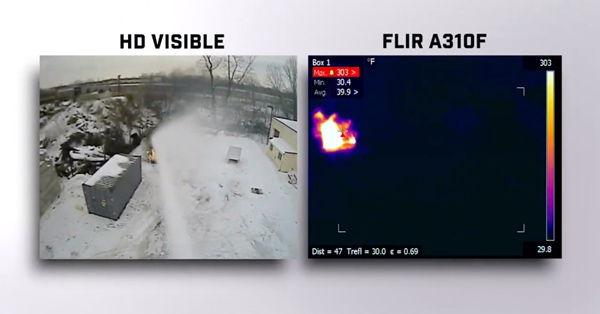Sensei Solutions Relies on FLIR Automation Cameras for Fail-Proof Condition Monitoring
Condition monitoring is all about identifying problems before failure occurs in order to prevent costly service outages. Typical equipment that is monitored by electric power utilities includes bushings, breakers, capacitor banks and high-voltage switchgear. Electric utility companies pay a lot of attention to this, because they know that a critical component failure may cascade into series of failures. If they don’t, getting their systems up and running again usually involve enormous costs.
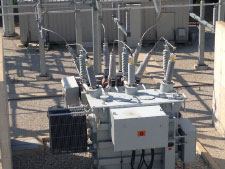
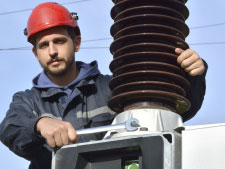
Conventional condition monitoring
Utilities are looking for ways to address these issues in order to improve the reliability of electric power delivery while at the same time reducing costs. There are a number of conventional instrumentation and measurement methods available. Most of these solutions are invasive and complicated, and requiring an outage to install. And since every component needs a separate sensor, these solutions often tend to be expensive as well.
According to Robin Thompson, founder and CTO of Sensei Solutions LCC, a US-based FLIR Partner specializing in radiometric solutions for measurement of high-voltage equipment, there is another, more effective approach to condition monitoring: “Electronic equipment and components will heat up before they break down. That is why we use thermal imaging cameras to detect the rise in temperature at an early stage. This way, it is possible to plan maintenance more effectively and to prevent costly outages.”
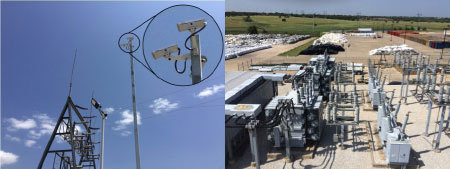
Thermal imaging technology can indeed improve the reliability and security of electric substations. All objects emit thermal radiation in the infrared spectrum that is not seen by the human eye. Thermal imaging cameras convert that radiation to crisp images from which temperatures can be read.
In fact, electric utilities have been using handheld thermal imaging cameras to monitor substations for many years. However, this is also resource-intensive, costly and does not provide continuous analysis. Plus, it cannot be ruled out that inspection engineers can make mistakes or that human interpretations can be subjective and variable from one inspector to another. Last but not least, manual interventions of critical asset malfunctions can be extremely dangerous.
Continuous automated thermal imaging
The true win lies in automation. By combining fixed network thermal imaging cameras and intelligent automation software, impending equipment failures can be detected anytime, day or night, at a remote monitoring location and without any human intervention. Whenever a predefined temperature threshold is detected by the thermal imaging camera, an alarm can be generated to a remote operator. The net effect is increased reliability and reduced cost.
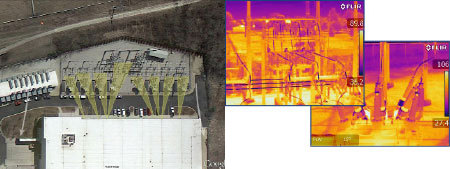
“Continuous automated radiometry has many benefits,” says Robin Thompson. “This method is non-invasive, it eliminates human errors and mitigates the risk of greater failures.” Due to their 24/7 usage, thermal automation cameras result in a higher amount of samples. Also, one camera is able to monitor several critical assets at once. This increases the reliability of thermal imaging as a method of automated condition monitoring.
Radiometric accuracy, real-time and retrospective analysis
Sensei Solutions LLC brings over a decade of experience to the task of automated analytic thermography and can help electric facilities design a custom solution for the protection of critical assets. The company’s SensEye AVR analytic video recorder solution simultaneously records both the colorized JPEG as well as the frame-by-frame radiometric data coming from thermal imaging cameras, allowing for precise pixel-by-pixel measurements. SensEye AVR quickly and easily captures, stores and analyzes on-line data from virtually any substation device, automatically alerts and notifies on critical changes in any reading or combination of readings, and delivers data to SCADA and enterprise historian servers.
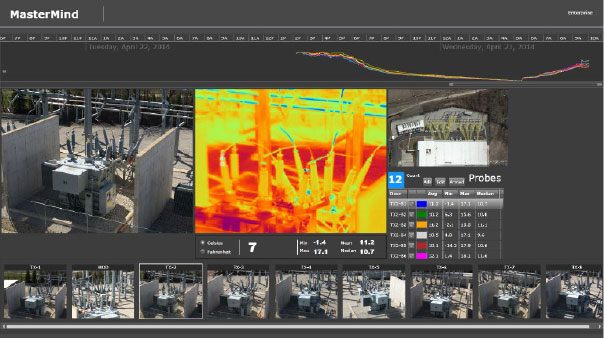
Temperature measurement and intrusion detection
“We have offered our solutions to several electric utilities and commercial operators of high-voltage equipment across the US, with great success,” says Robin Thompson. “In fact, we were first approached by an electric utility customer to provide a solution for intrusion detection. The company experienced a recurring problem of security breaches and copper thefts. We proposed an intrusion detection solution around thermal imaging cameras from FLIR Systems, but we quickly realized that we could do more for this customer.”
FLIR thermal imaging cameras are a popular technology for intrusion detection. They can recognize the heat signatures of intruders and thus detect intruding persons or vehicle in an instant. After a thorough assessment of several technologies, Sensei Solutions realized it was also an ideal solution to read the temperatures of bushings, breakers and capacitor banks. Combined with Sensei’s recording and analysis solutions, FLIR thermal cameras quickly became the company’s preferred solution for electric substation condition monitoring.
Thermal success stories
For a large data center who owns its own electric substation, based in the Midwest, Sensei installed nine FLIR A310f thermal imaging cameras monitoring eight transformer-circuit breaker pairs and one manually operated disconnector. The cameras were connected to the Sensei AVR software to monitor 12 “probe points” in each camera’s field of view. An image sample is collected every 20 minutes, securing high, low, mean and median temperatures for each measuring point. “Not only did this customer increase its security level by increasing the thermographic sampling from four times per year to over 26,000 times per year, it also received a significant insurance premium discount because of this increased reliability,” says Robin Thompson.
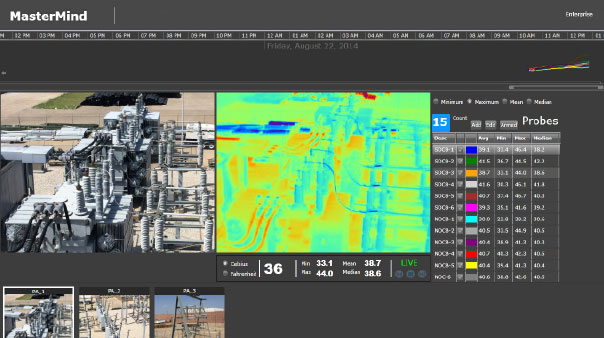
An automated thermal inspection solution not only increases the reliability, it also has significant side-effects in terms of PR. For a large Texas manufacturer with its own electric substation, Sensei installed three FLIR A310f cameras to monitor transformer and circuit breaker bushings, switch gear jaws and manually operated disconnectors. Sensei AVR software is monitoring between 12 and 16 probes in each camera field of view. In this case, Sensei’s continuous AVR Console display located at the customer’s corporate headquarters serves as a reference for executive and high value customers, as it demonstrates the reliability on plant inspections.
But sometimes, the benefits of an automated thermal monitoring system are so manifest, that they are hard to ignore. For a large East Coast steel manufacturer, Sensei installed four FLIR A300f cameras, two of which were installed in the Melt Room and focused on melt container to provide a live feed of current temperature to prevent catastrophic failure, and two of which were installed in the on-premise transformer vault. Robin Thompson: “Our customer already discovered three issues in the switch gear within the first day of AVR monitoring. This prevented imminent failure and allowed for the maintenance team to resolve the issues immediately.


